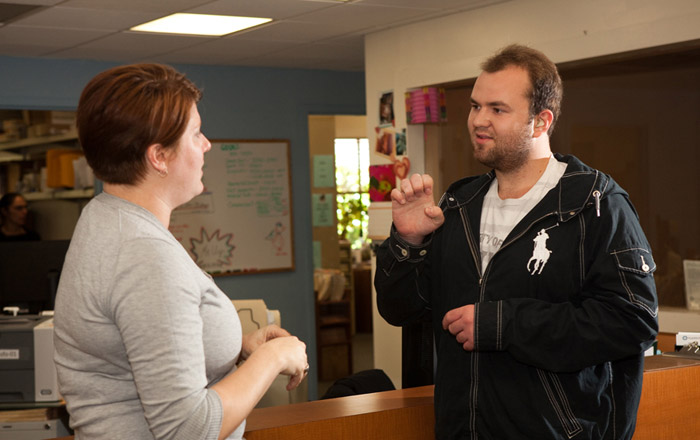Communication Modalities
There are several different types of communication modalities within the Deaf and Hard-of-Hearing community. Which you choose for will depend on various factors. Our counselors can help you understand more about each option and can arrange visits to schools that offer each modality. While the Hearing and Speech Center does house an auditory-oral school, we provide guidance on all options with the goal of finding the best fit for each child and his/her family to ensure healthy child development. For questions and more help, call us for an appointment.
Auditory-Oral
Aural-Oral communication is based on the fundamental principle of acquiring competence in spoken language, both receptively and expressively. Auditory training is incorporated as part of an auditory oral education. It is best developed in an environment where spoken language is used consistently both in the home and in the school.
Total Communication (T.C.)
Total Communication teachers first used this form of communication after noticing that various students learn differently and they wanted to ensure communication and academic access for all. TC education may involve one or several modes of communication (writing, sign, spoken and manual) depending on the needs of the student.

American Sign Language (A.S.L.)
ASL is a form of sign language used in the United States by people who are Deaf or Hard-of-Hearing, and is different from English, using different grammar and vocabulary. It includes facial cues, expressions and body language which are incorporated without sound. ASL is associated with the Deaf cultural community.
Signed Exact English (SEE)
Signed Exact English is a system of sign language which follows word for word English. It is viewed as being able to visually represent English using sign language.
